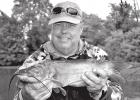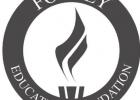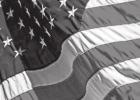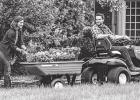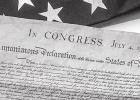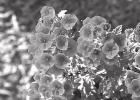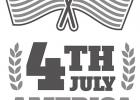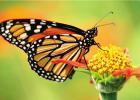CATFISHING, THEN AND NOW
I have had a lifelong love of catching catfish and… eating them! I guess my passion for catfish comes naturally. As a boy growing up on a poultry farm in Red River County, catching catfish was a way of life. Every nine weeks or so when the chickens sold, we would pack up the old 1950 International Pick Up with tarps, Coleman stoves, cast iron skillets, bedding, etc. and head up to a little lake in southeast Oklahoma that was chock full of channel catfish. I would begin catching bait, small perch from our farm pond, the day before. Upon arriving at our fishing hotspot, the drill was to set up camp quickly, which was easy to do; we had no tent, just tarps or, as they were called back then, ‘wagon sheets’. Tarps on the ground with blanket served as bedding.

